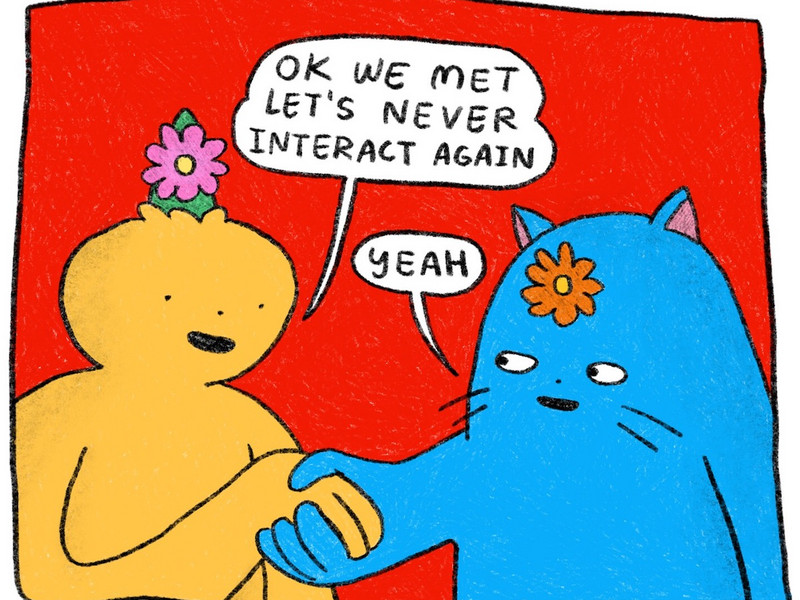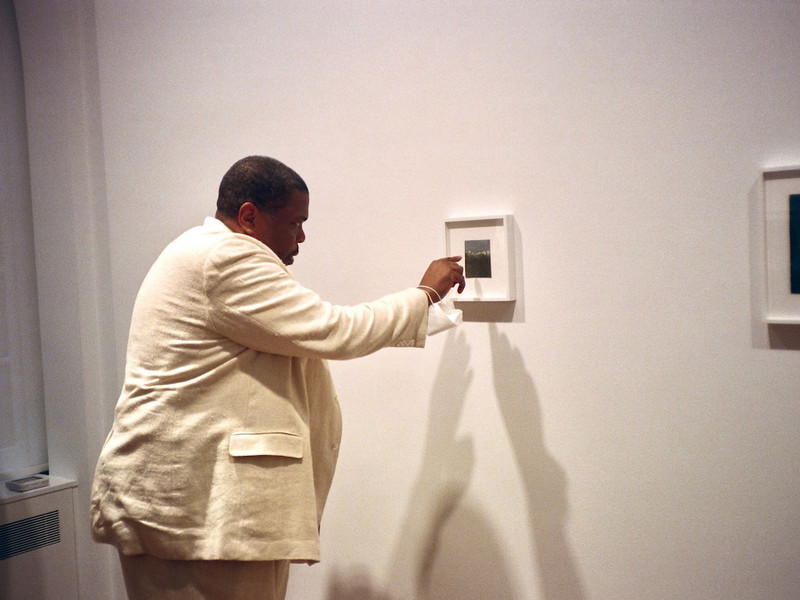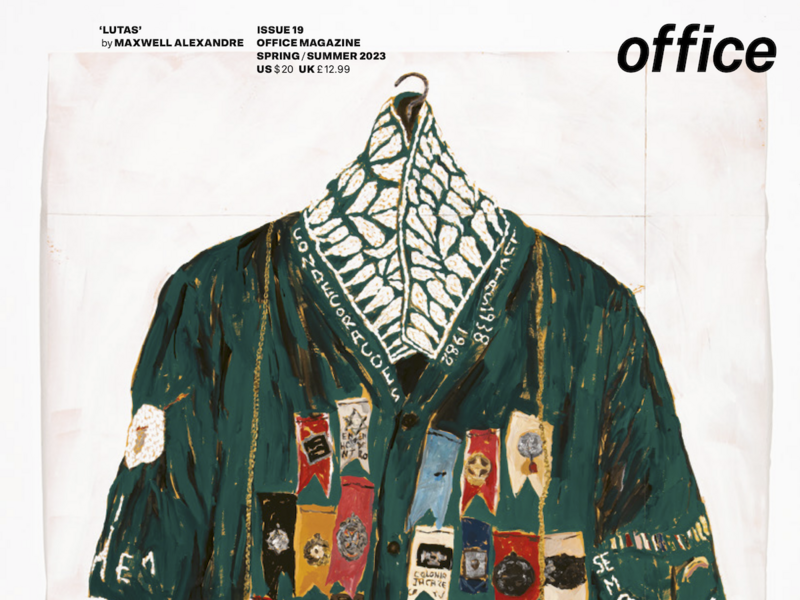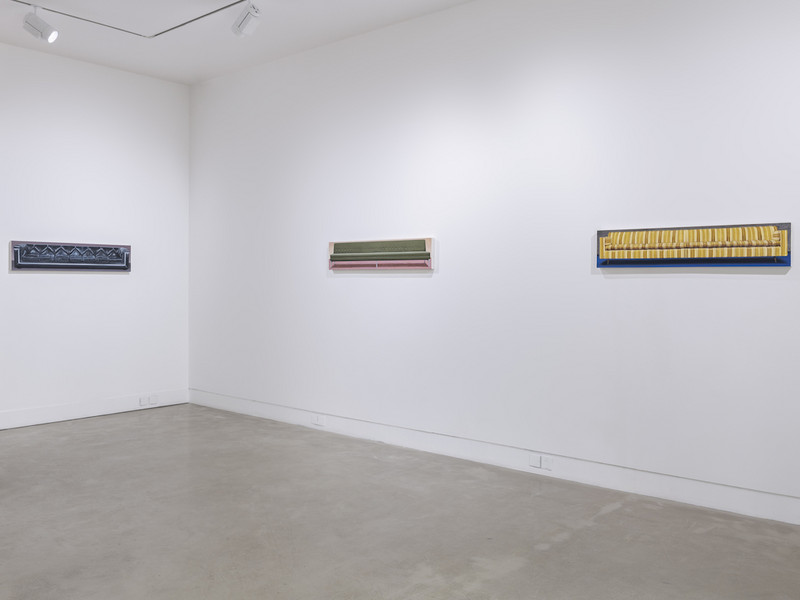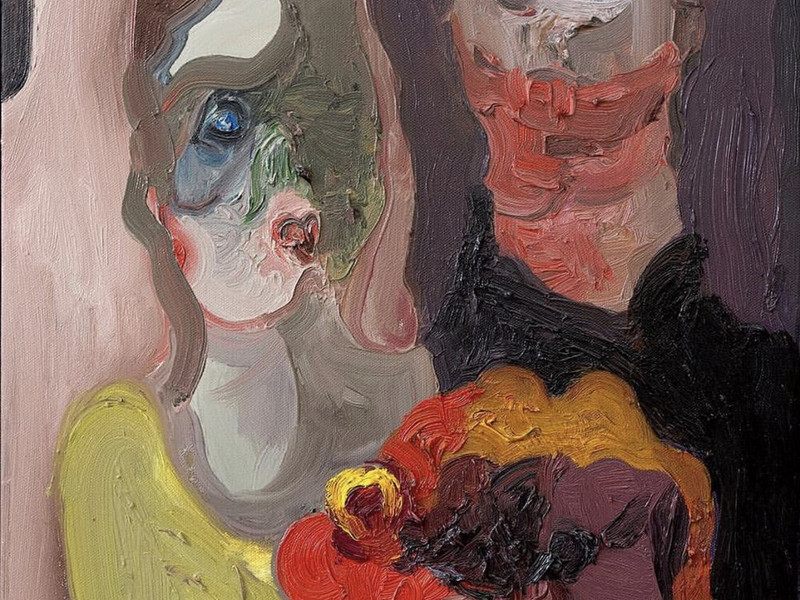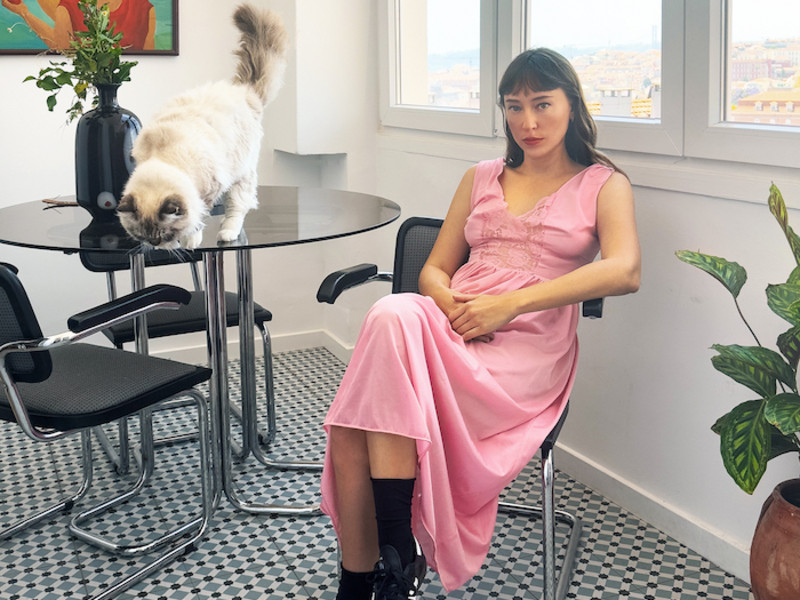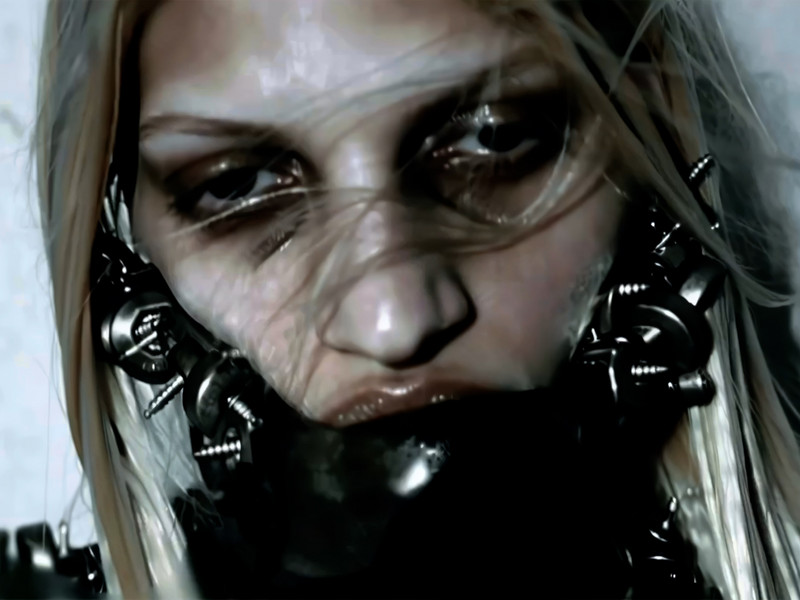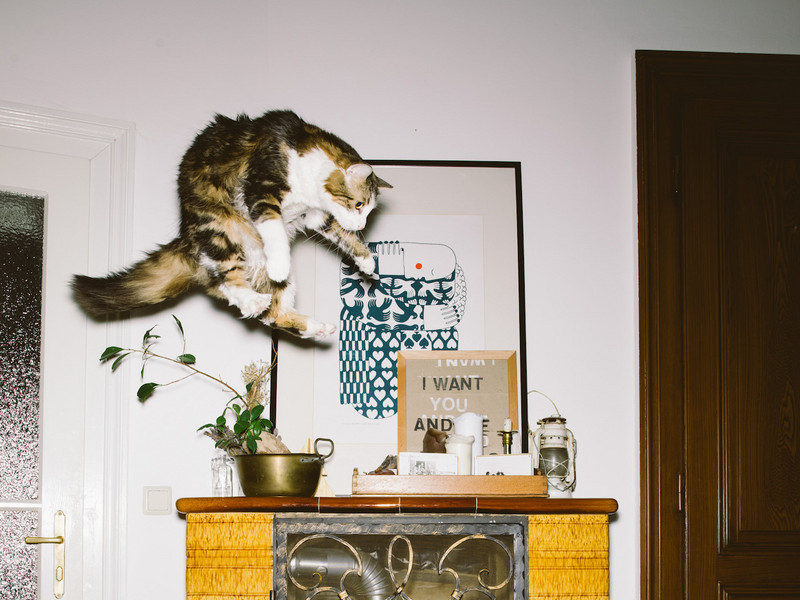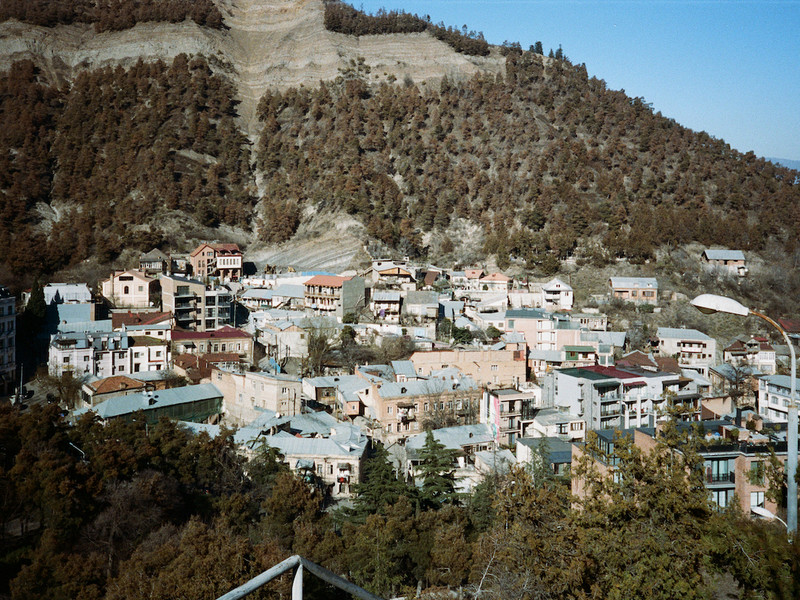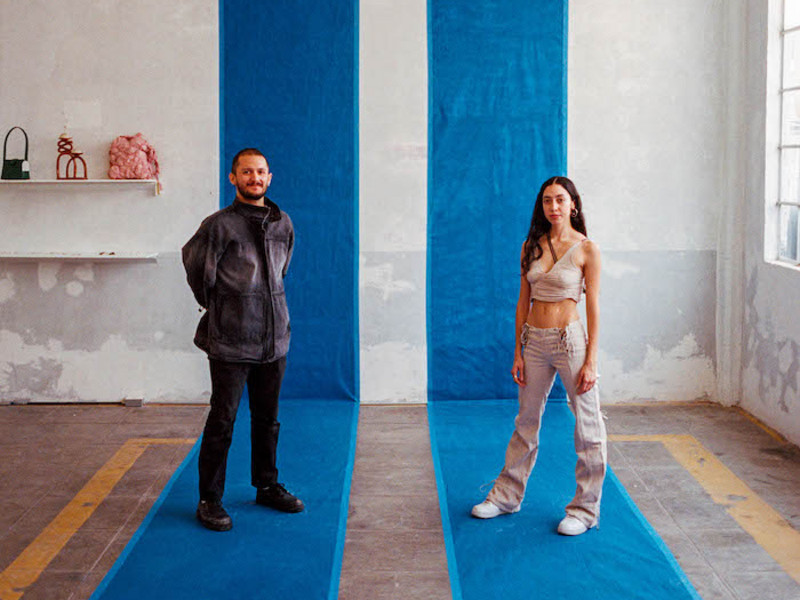Pace's Summer Program
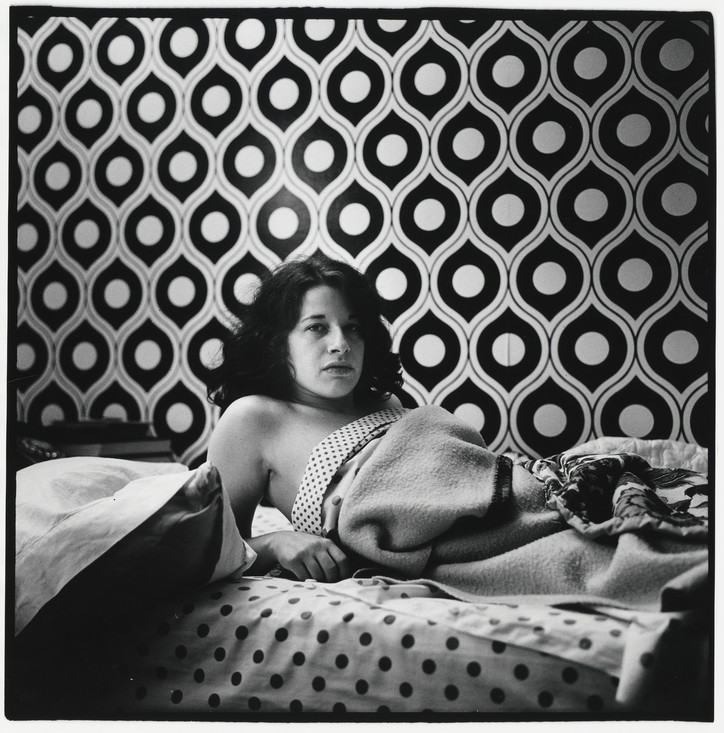
Located on the first floor is Studio to Stage, a staggering exhibition of music photography that spans the last seven decades. Moving between eras from early jazz, to European techno, 90's New York hip hop, and British punk, the show offers an eclectic exploration into the vast and varying world of music. Though technically ordered chronologically, the show doesn’t operate like this in the slightest — in the gallery, the constraints of the timeline format are ditched and transformed into a rare melting pot of music’s most disparate.
Realized through the curation of Mark Beasley, curatorial director of Pace Live, the show depicts a plethora of iconic musicians of the last 70 years, effectively capturing what it means to be both a performer and an audience member — a goal as applicable to the music world as fine arts, appropriately. Among the highlights in the exhibition are Ming Smith’s photographs of jazz musicians, Ari Marcopoulos’ images of the Beastie Boys and Iggy Pop, and Paul Graham’s photographs of Berlin clubs and raves.
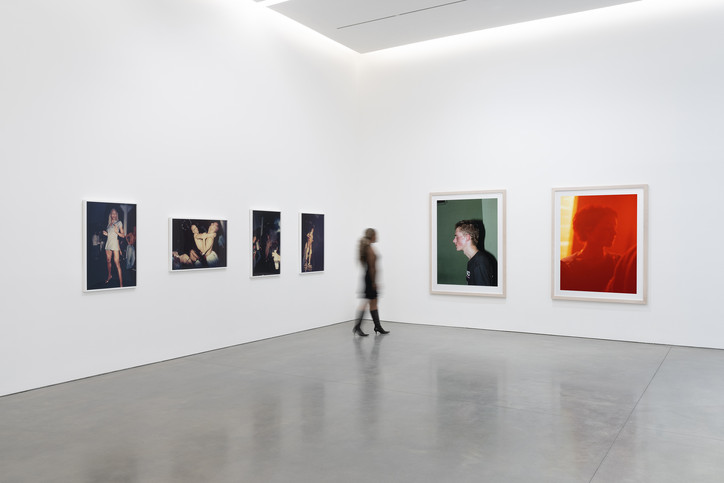

STUFF, a show curated by sculptor Arlene Shechet also uses the “melting pot” trope to develop a non-linear progression of ideas and impulses into a group exhibition that brings together artists such as Nicole Eisenman, Arthur Jafa, Donald Judd, Isamu Noguchi, and Louise Nevelson. Spanning various mediums and periods, the exhibition does not purport to be a comprehensive survey, but rather a spirited gathering of works that the artist cares about and aims to present them in unconventional ways. At the front of the show is Peter Hujar’s 1974 photograph of writer Fran Lebowitz in her childhood bedroom — Shechet takes the presentation of this work further by hanging it on a wall covered with her own interpretation of Leibowitz’s wallpaper, extending the photograph outside of its frame.
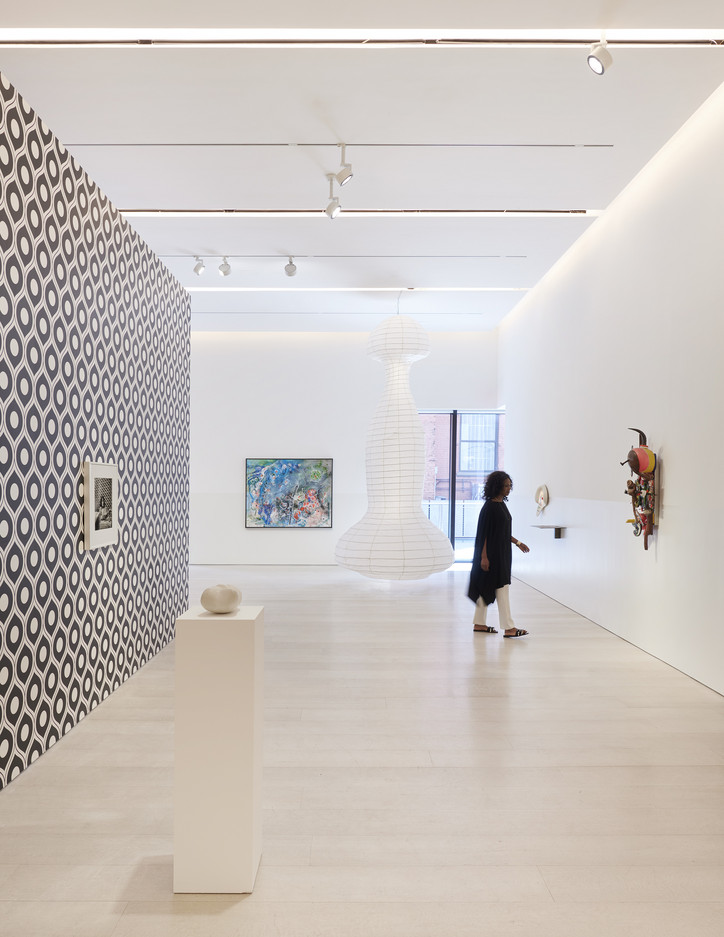
Perhaps the most telling piece in either show regarding their curatorial approaches is a preliminary sketch by Ad Reinhardt for his piece “A Portend of the Artist as a Yhung Mandala” (1956). An ironic attempt at establishing causality between a mass of art movements, the work interrogates the ill informed attempts in the field of art history to find examples of cause and effect that riddle the ground like minefields. Taking this concept to heart, both shows work to prioritize improvisatory and intuitive impulses to establish a deeply internal logic.
